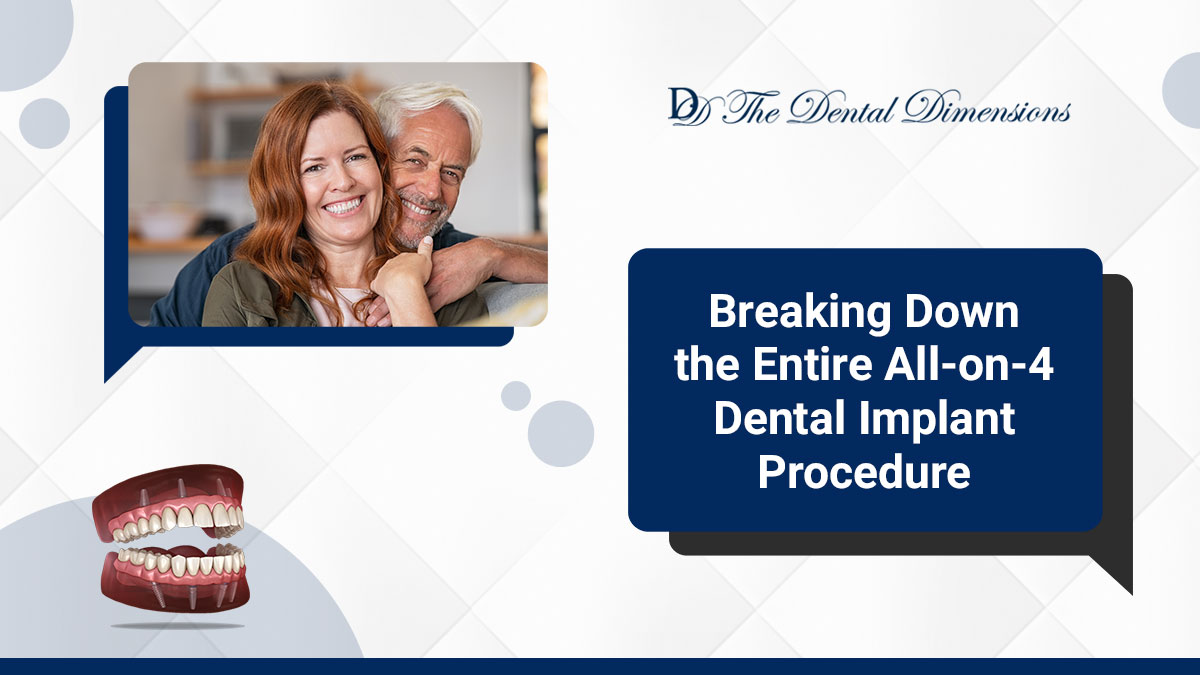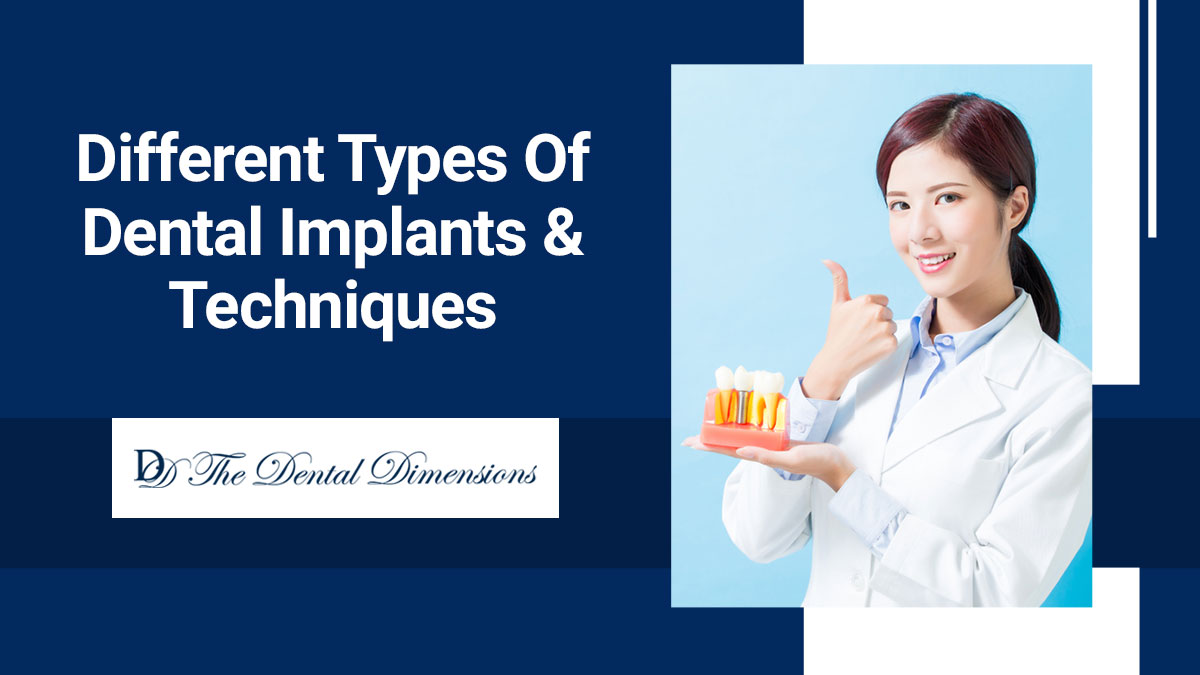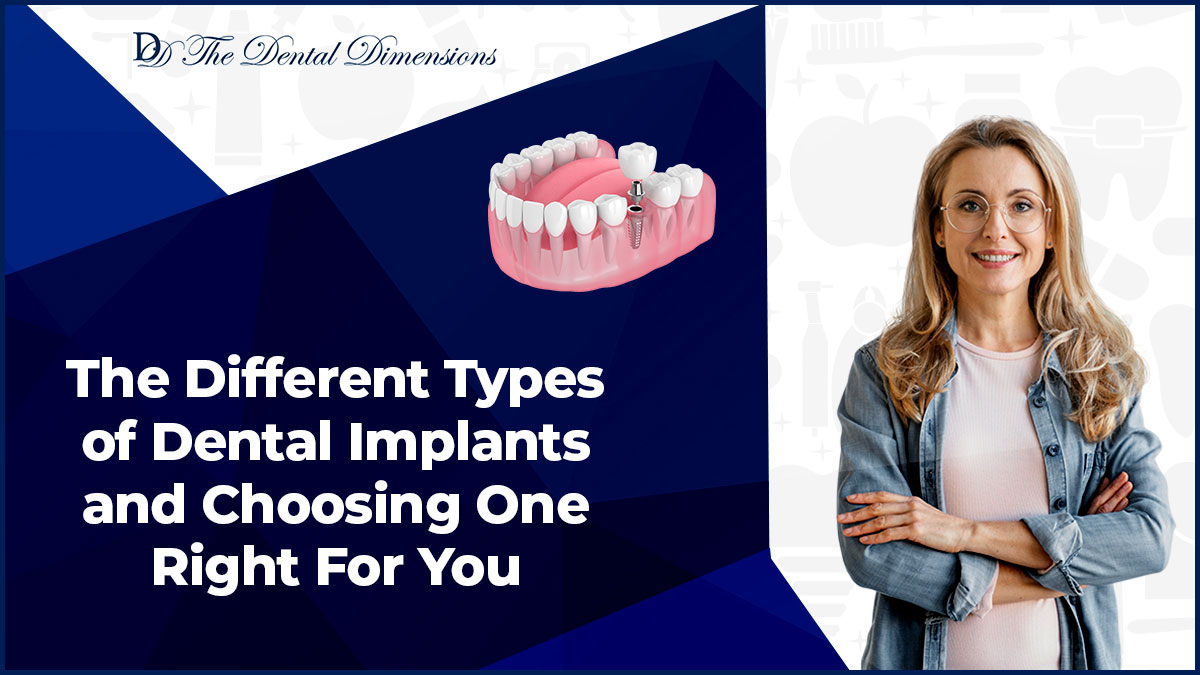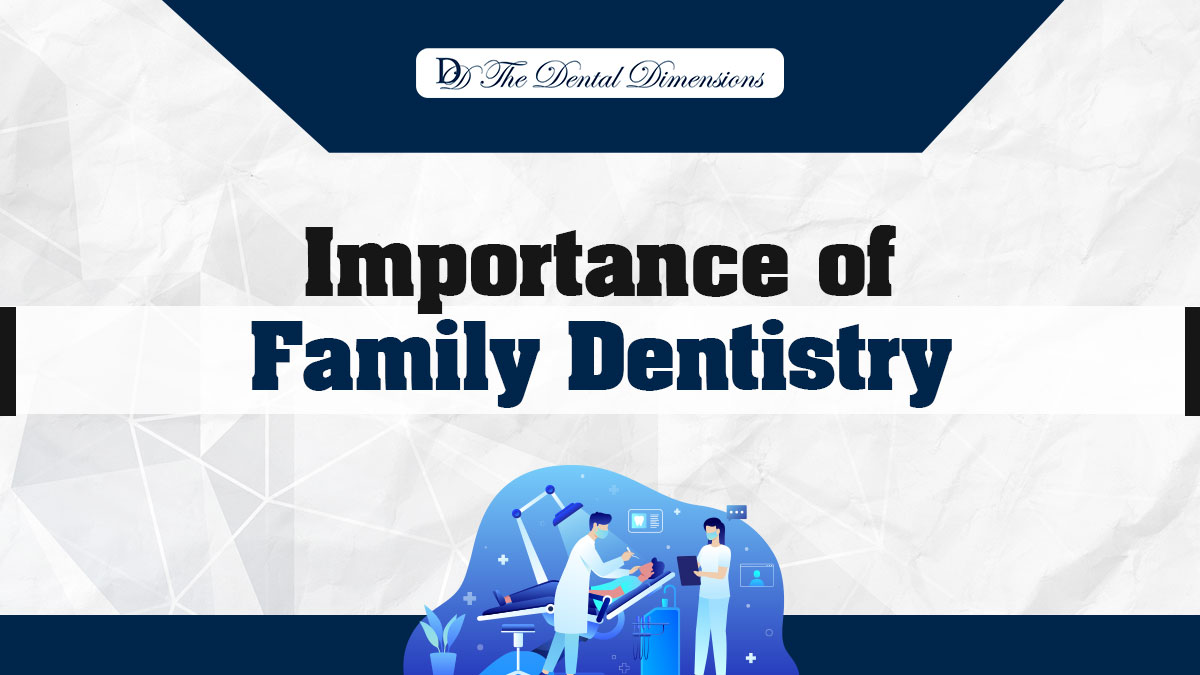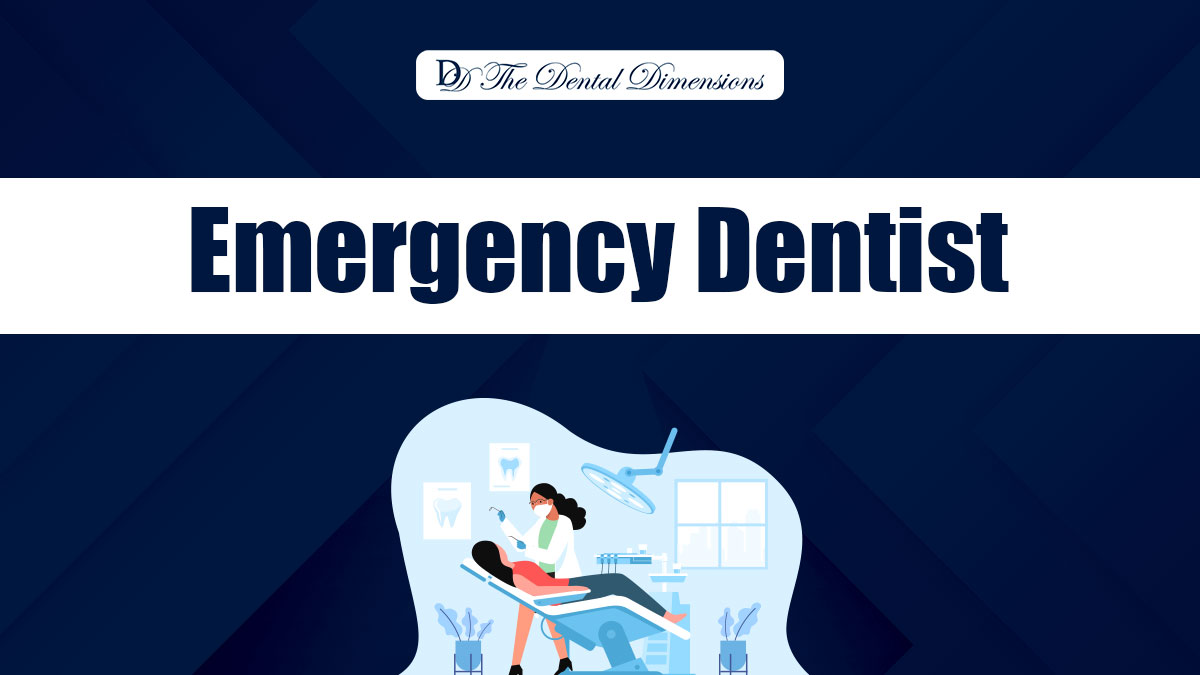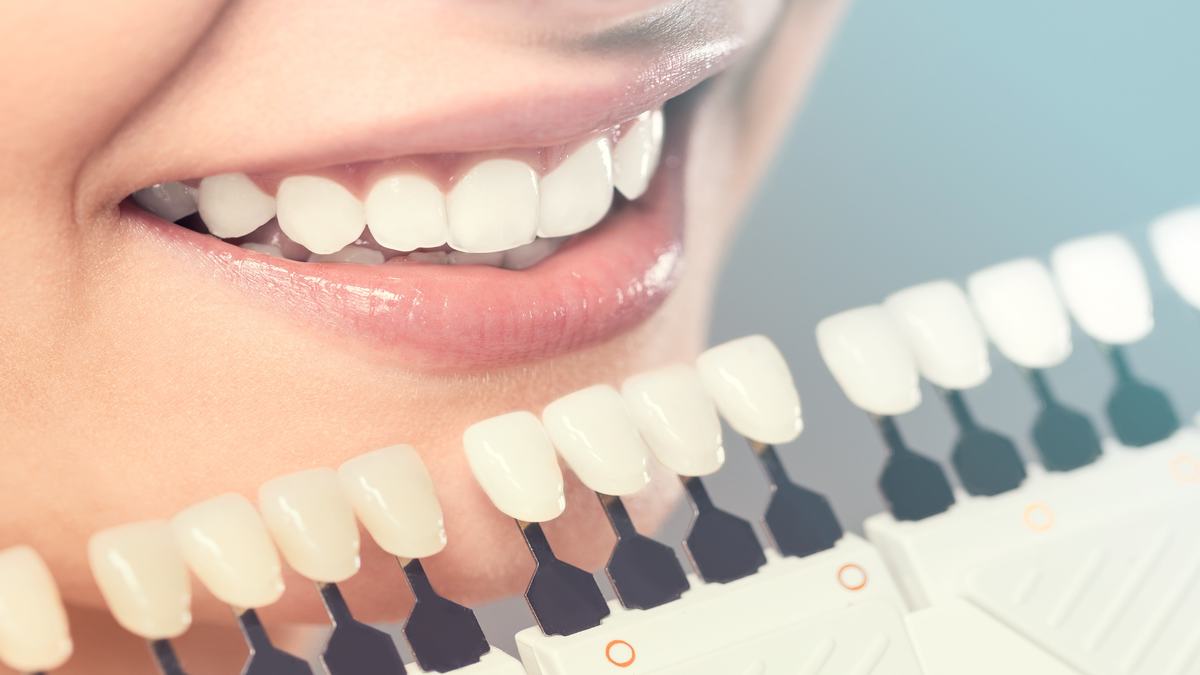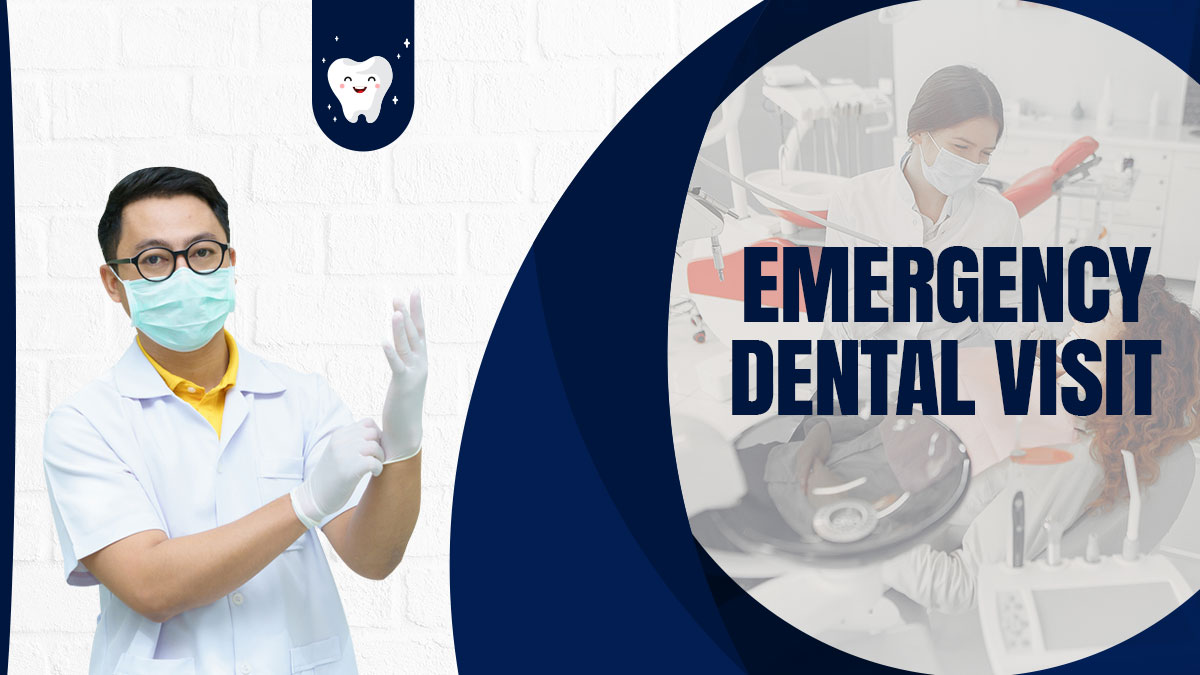A single missing tooth can harm your smile and oral health; multiple missing teeth can cause difficulty speaking and eating and reduce your self-esteem. With All-on-4 dental implants, your smile can be fixed if you have numerous missing teeth on the same arch in just one appointment. Here is all the information you require.
All-on-4 Dental Implants: What Are They?
All-on-4 implants, also known as complete arch implants, are composed of four titanium implant posts linked to a denture plate and inserted into the jawbone at predetermined intervals along the arch. The All-on-4 treatments are intended to replace a whole arch of teeth to improve your smile’s look and bite performance.
An excellent replacement for missing teeth, All-on-4 dental implants require only a little procedure and take about two hours for each arch. Because your dentist may place the posts in the densest portion of the jaw, they do not require bone grafts to sustain the implant. They shorten chair and recovery times; the entire process, from implant placement to denture fitting, is finished in a single session, allowing you to leave the office with a new smile the same day.
Knowing How to Place All-on-4 Dental Implants
For your comfort, Dental Dimensions offers sedation during the All-on-4 treatments. Your dentist will prepare your arch by removing any residual broken or damaged teeth and any infected tissue before placing the posts after obtaining digital scans of your teeth and jaw to determine their location.
The dentist makes incisions in the gum tissue to reveal the jawbone. The implant is screwed in after a tiny hole is drilled into the jaw. The posts are positioned at an angle for All-on-4 treatments in South San Jose to improve stability and lessen pressure on the bone during biting and chewing. The denture plate is connected to the implants by attaching the posts to the abutments.
After all four implants have been inserted, you are fitted for your denture plate. Once the plate is fastened to the abutments, it cannot be taken out and performs similarly to your actual teeth.
Are All-on-4 Dental Implants Right For You?
Before undergoing a single dental implant procedure, some patients would need substantial bone grafts, a sinus lift, or therapy for advanced gum disease. Many of the surgical procedures necessary for traditional implants can be avoided with All-on-4 implants.
All-on-4 Dental implants may be right for you if you:
- Have all the dental arches been missed or damaged?
- Lost some jawbone density.
You might not be eligible for All-on-4 treatments in South San Jose if you have any health issues, such as diabetes or lupus, or your immune system is severely weakened. Osseointegration, which is essential for the integrity of the implants, might be inhibited by a compromised immune system and prevent the implants from healing correctly.


